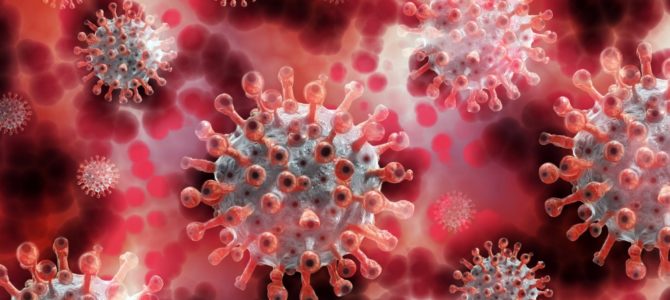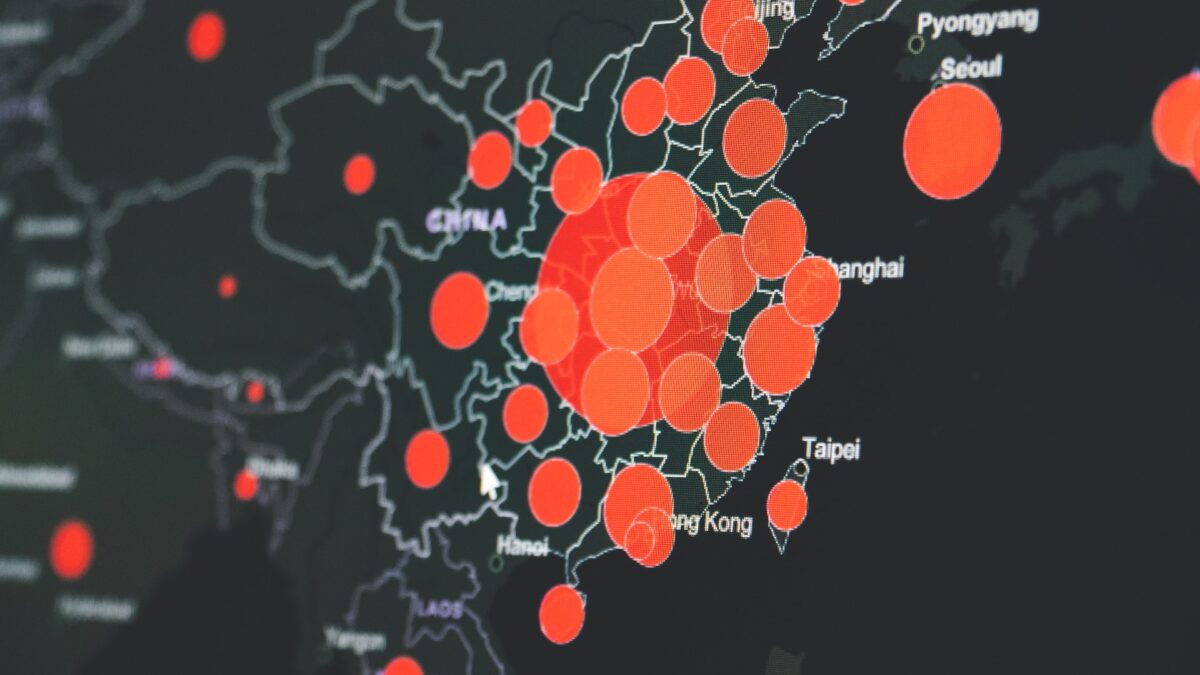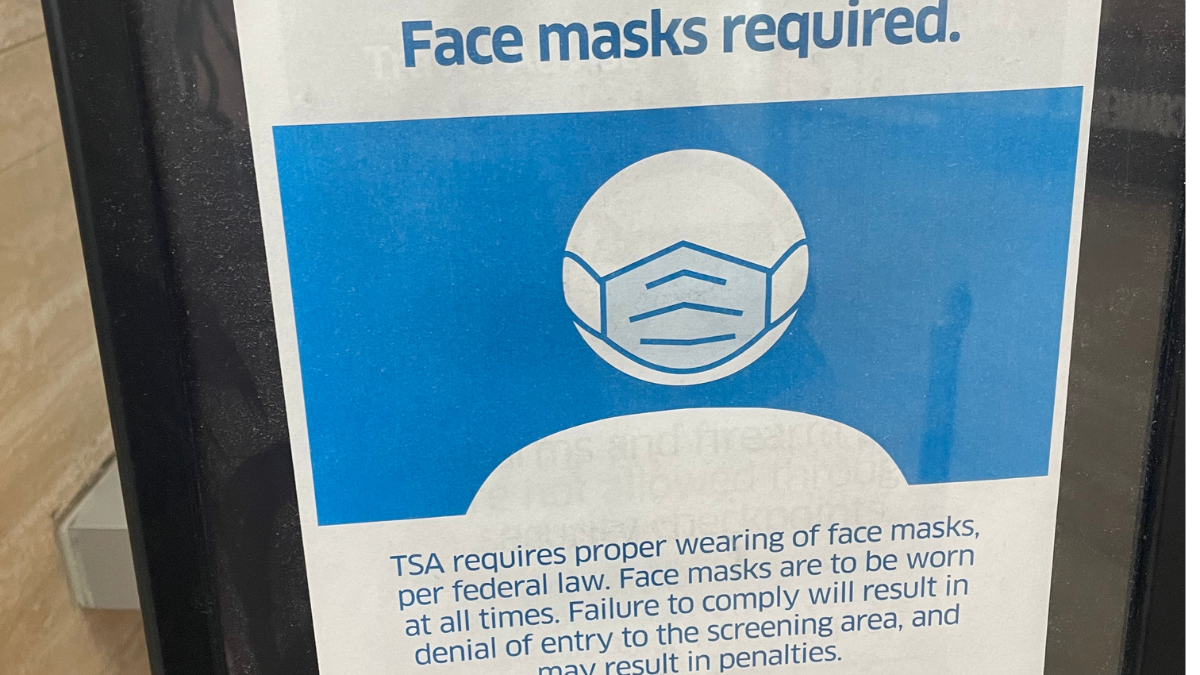
Jonathan Latham, Ph.D., and Allison Wilson, Ph.D., a virologist and a geneticist, respectively, have a plausible story to tell about the origin of SARS-CoV-2 — the cause of COVID-19. It begins with a mystery disease that struck six Chinese miners in Yunnan province in 2012. These miners became ill while shoveling bat feces (guano) produced by Rhinolophus sinicus, a species of horseshoe bat, which was abundant in the mine.
The illness of the miners was later described in detail throughout a master’s thesis entitled “An Analysis of Six Severe Pneumonia Cases Related to Unknown Viruses,” written in 2013 by Li Xu. The patients were remotely observed by Zhong Nan Shan, noting the following symptoms: dry cough, shortness of breath, fever, limb soreness (myalgia), headaches, and low blood oxygen.
Latham and Wilson arranged the translation of the neglected Chinese master’s thesis that documented the symptoms and hospital treatment of these miners. Most importantly, the miners were diagnosed as having coronavirus infections, and second, their symptoms are now recognizable as those of classic COVID-19. This and other information in the thesis caused Wilson and Latham to rethink everything they thought they knew about the origins of the pandemic.
Latham and Wilson eventually published their theory on Independent Science News, a publication edited by Latham. This report details Latham and Wilson’s search for the origins of the pandemic causing virus, focusing on the nearest genetic relative of SARS-CoV-2, a bat coronavirus called RaTG13. This virus was obtained during virus collecting trips during 2012 and 2013 to the same mine where, shortly before, six miners had developed an unknown illness.
In “A Proposed Origin for SARS-CoV-2 and the COVID-19 Pandemic,” the authors set out what they call the Mojiang Miners Passaging hypothesis. The theory proposes (1) that the miners acquired a coronavirus from the bats in the mine and (2) that this bat virus evolved extensively inside their bodies to become a highly human-adapted virus. This evolution occurred during a hospitalization period that, for some, lasted many months.
The translated thesis says blood and other samples were extracted from the miners and some of these were sent to the Wuhan Institute of Virology (WIV). Latham and Wilson suggest these samples contained highly human-adapted viruses and were used at the WIV for research. During this research, it is believed that the virus escaped, initiating the 2019 COVID-19 pandemic.
Latham holds a master’s degree in crop genetics and a Ph.D. in virology. He was subsequently a postdoctoral research associate in the Department of Genetics at the University of Wisconsin, Madison. In addition to having published scientific papers in disciplines as diverse as plant ecology, plant virology, toxicology, genetics, and genetic engineering, Latham is the director of the Poison Papers project, which publicizes documents of the chemical industry and its regulators. Recently, I interviewed Latham to discuss his work on COVID-19.
***
Vigo: What makes this virus so hard to track down in origin?
Latham: There are a lot of complicated parts to this virus — different from all its potential ancestors. For instance, it has various features that are very well adapted to people — the spike protein bonds very well with the human receptor of the cell for instance. The virus as a whole is also well adapted to humans.
This is unlike the case with MERS and SARS, the previous pandemic coronaviruses. The early generation of people who were infected, the versions of the infections they got changed very quickly. Imagine if a virus comes from a bat or a pangolin, it has to come to adapt to people. The mutations outcompete older versions of the virus. This hasn’t happened here, which implies that this has been in humans for a long time.
V: What would it take to prove your theory?
L: What we really want to see is for the World Health Organization (WHO) to go to the Wuhan Institute of Virology (WIV) to see what they were working on when they studied bat coronaviruses. This is the number one lab in the world for studying bat coronaviruses. A bat coronavirus that infects people could happen anywhere — it could happen in America, in Italy, in Africa, and it just so happens that this laboratory where they store thousands of samples of coronavirus is also the precise geographic location of the outbreak of the pandemic.
V: Given that there are myriad theories floating about related to COVID-19’s origin that are being dismissed by many as “conspiracy theory,” what makes your theory plausible?
L: Scientists are supposed to proceed based on evidence. The problem with the theories that claim that this virus was built from other viruses is that you have to have available all the different parts, and they aren’t really available. You have the spike protein, which this virus has, which is quite unique (many amino acids different from any relative).
The same applies to the other parts of this virus. The nearest relative to the SARS-CoV-2 is 4 percent different. So you don’t have a basis for this argument — the pieces don’t even exist. So those people proposing an engineering theory can’t identify the specific pieces from which SARS-CoV-2 is supposedly built.
Now for certain, the people from WIV have thousands of samples of bat viruses, but you have no evidence for those pieces existing. It is therefore quite difficult to propose a genetically engineered version of this virus.
V: So your theory doesn’t follow this claim then?
L: Our theory is different. We organized the translation of a master’s thesis which documents that in 2012 six miners got ill after shoveling bat feces. They were treated by the doctor who wrote the thesis and it states that they caught a novel coronavirus that gave them the same symptoms as COVID-19. Basically, those miners don’t exist — lost in China or deceased — but the conclusion of the thesis is that the miners had coronavirus. The next important thing to understand is that the nearest known relative of SARS-CoV-2 was found in the same mine where the miners got sick.
What we do know is that they took samples from these miners and some of those samples were sent to the WIV in Wuhan and this is documented in the thesis. Our proposition is quite simple — that the hospital sent samples to Wuhan from the miners and what evolved inside the miners was SARS-CoV-2.
What was really interesting to the researchers at the WIV in Wuhan were the samples from the miners. Our theory suggests that they didn’t realize how infectious those samples would be because a radical evolution of the virus took place inside the miners. Normally, it is argued that to get TaTG13 to infect a human and become SARS-CoV-2 would take 20-50 years of evolution. But the miners were sick for many months inside the hospital and the virus was permanently incubating and evolving inside them.
If you get a normal coronavirus infection, you become sick for two weeks and the portion of time that you have high viral loads would be approximately one week. The miners had enough virus in them to kill them and it was adapting quickly because it was infecting a new species. Most coronaviruses don’t infect the lungs — they usually just infect the throat and never spread to the lungs. Unique to these miners, their lung infections offered a much larger space for evolution inside the miners’ bodies than would any normal coronavirus infection.
One of the puzzles of its origin is that the virus has a special mutation called a “furin site” (furins are protease enzymes). The furin site (a few amino acids in length) allows the proteins to be cut in half by the protease, which is made by the lung cells. Its evolution inside the lungs of the miners accounts for the origin of this furin site because this furin site greatly enhancing viral spread in the lungs and the body. If you don’t have the furin site, then the disease is effectively limited to the throat only. With the furin site, however, you can have a viral infection move into the lungs and heart, as well as other organs.
V: So, what does this mean practically speaking, for the average reader who might not understand the implications of what you have just described?
L: Our theory is solid enough that we are going to put it up and see what people make of it. The WIV researchers say they have their high-security laboratory to prevent a virus leak, but we are saying that they created one. If you read their papers, you will see they have been collecting virus samples to make vaccines and diagnostic tools and treatments against viruses. They are claiming to be doing all this useful stuff to prevent pandemics and they managed to do the opposite.
V: Why is the scientific community not calling out this glaring oversight, then? Are they concerned about this getting the same reception as the theories that maintained that SARS-CoV-2 was engineered in a Chinese laboratory?
L: The people who are funding this research are claiming that contact with bats is potentially enough to set off a pandemic. I believe that is true, but they are actively putting themselves in harm’s way such that they went to the mine even after the miners died. You know, Richard Ebright tweeted recently that this method for preventing pandemics is “like looking for a gas leak with a lighted match.”
Their sampling methods of bats are one thing, but one step worse was the sampling of the miners and bringing the virus back to the WIV. It is standard practice when medical practitioners come into contact with potentially infected patients their doctors use PPE (personal protective equipment) and the virus dies out.
Thus, when a person falls ill you treat them, and either they die or the body gets rid of the infection. This process doesn’t normally result in a pandemic. But they went around normal procedures to collect samples and brought the virus back into spaces of frequent human contact.
V: So, your theory is that this was an entirely human-created pandemic resulting from the mishandling of samples, down to incursion into places that scientists should have left alone knowing the high risks of transmission to humans. Are there other scientists who have expressed similar concerns for these methods, or is there an international oversight agency that might be able to take action to avoid any such instances of future pandemics created by human error?
L: Some people have expressed concern about these methods. Cambridge Working Group has complained about some of these methods, as has the Council for Responsible Genetics and the Sunshine Project that complained about these methods of collecting dangerous pathogens. Unfortunately, these groups are now defunct.
V: Are there no independent blocs of scientists or research alliances that have pushed back or which have demanded a more open debate about the origins of this virus, despite the Gates Foundation?
L: We want to point out that there is no scientific publication that claims there is a lab origin worth looking into. There are thousands of publications saying the virus has a zoonotic origin even though there is hardly any evidence for this. You can say that and it can be completely wrong, but nobody will call you out. Nobody has dared to write that it might just as well have come from a lab. No virologist has said this in a peer-reviewed paper.
The scientific community has made it very clear that they don’t want to hear about a lab origin. You can see that in the coverage of the pandemic. There was a letter in Lancet calling the lab origin a “conspiracy,” and what you gather from that is that the bigwigs of virology who signed the letter have set up the dynamic that anyone who comes up with reasonable theories is necessarily a conspiracist.
Every scientist in the world knows what way the wind is blowing. We want to say that this is outrageous.









